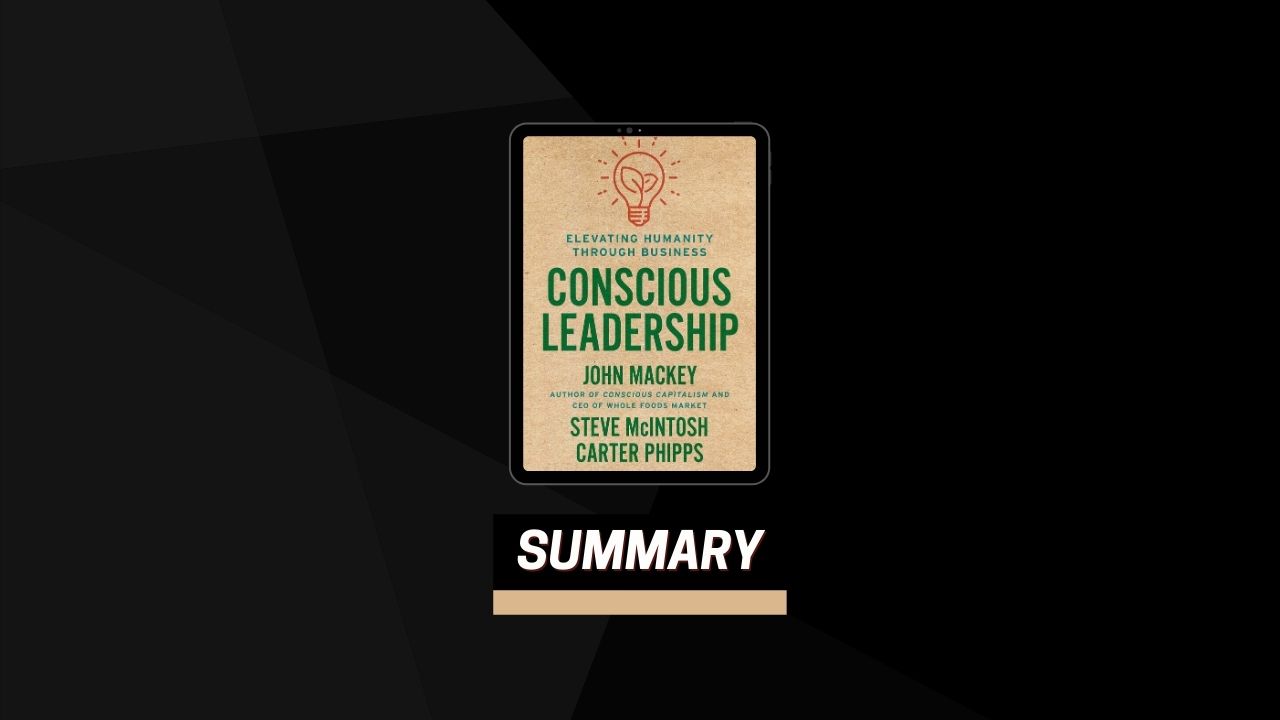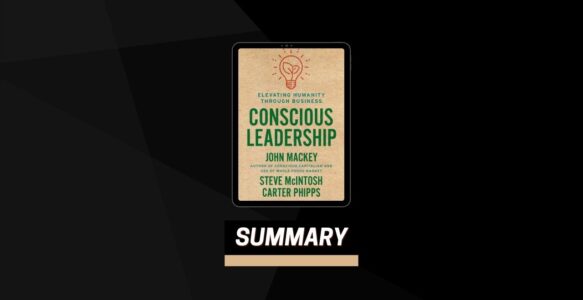Put Purpose First
Develop Purpose Champions
Every company needs individuals who keep alive the higher purpose of the company. There will inevitably be moments when you need influential people who are so aligned with the organization’s purpose that they can represent its significance in any important situation. Maybe it’s the chairman of the board, who is above the day-to-day fray. Maybe it’s the original founder, who preserves a deep connection to the higher purpose of the company. Perhaps it’s some other person or group. Whatever the case, every company needs “purpose champions” who can stand for the purpose when big decisions are being made, and continue to skillfully infuse the significance of that purpose into the stakeholder community, and ultimately into the culture.
Nike: “To bring inspiration and innovation to every athlete* in the world.” *If you have a body, you are an athlete.
Unilever: “Make sustainable living commonplace.”
Tesla: “To accelerate the world’s transition to sustainable transport.”
Whole Foods: “To nourish people and the planet.”
Zappos: “Delivering Happiness.”
ING Financial Group: “Empowering people to stay a step ahead in life and in business.”
U.S. Humane Society: “Celebrating animals, confronting cruelty.”
NPR: “To create a more informed public—one challenged and invigorated by a deeper understanding and appreciation of events, ideas and cultures.”
TED: “Spread Ideas.”
Lead with Love
Keep Company with Generous People
A good way to begin the practice of generosity is by surrounding ourselves with generous people. Their generosity and service will help awaken and inspire our own. Pay attention to those people and the actions they take. Generosity doesn’t have to mean grand gestures—it might just mean helping a friend meet a deadline or staying late to mentor a younger colleague. Inspired by such examples, you can stoke the fires of your own capacity to give with small gifts and acts of service. Over time, you will gradually develop an inner “spiritual muscle” of generosity that will grow stronger as you practice it.
Catch People Doing Something Right
In his bestselling book The One Minute Manager, Ken Blanchard popularized a practice that he called “catching people doing something right.” In our normal lives, most of us tend to do the opposite—we are fault-finders ready to catch people doing something wrong. Turning our attention to the good work people are doing helps shift our consciousness to a quality of deep appreciation. You can do this every day in your normal work life. But don’t restrict it to work. Practicing authentic appreciation with the people you love most will help elevate those relationships to new levels of mutual happiness.
How Can I Help?
Practicing care means constantly asking ourselves, “How can I be most helpful in this situation?” Most of the time there is something we can do, but if we don’t keep that question alive, we may let the moment or the opportunity pass. Sometimes care is simple, and the little expressions of it can make a huge difference.
Be Fully Present
Pay attention to what is going on around you. Instead of sleepwalking through your life, lost in your own thought stream, wake up and be present to the flow of life around you. When we are fully present in each moment, we begin to notice the fear, sadness, anger, illness, low self-esteem, and depression in other people. Compassion is the normal human response to pain and suffering, but we must be present in the moment to notice it. It isn’t easy to be present. As a general rule, we prefer to anesthetize our consciousness to avoid noticing the suffering in both ourselves and other people. As with any skill, the more we practice being present (or “mindful,” in the Buddhist tradition), the more we will see the suffering and the more compassion will arise in our hearts.
Always Act with Integrity
Authenticity Doesn’t Always Come Naturally
It sounds like a bumper sticker, but it’s true: To be oneself, one has to know oneself. The deeper one’s self-knowledge, the more profound and authentic is one’s self-expression. But that doesn’t always come naturally; sometimes it must be earned. We’re not suggesting that today’s corporate leaders immediately drop everything and take a self-help sabbatical. But a little self-knowledge, however it is gained, translates into a treasure trove of leadership wisdom. It may arise from honest feedback, 360-degree leadership reviews, contemplative insight, or another form of practice or reflection, conventional or unconventional. But your career and your colleagues—and, most important, your own character—will be better off for your efforts.
Keep Information Transparent
Trust is a two-way street. If you want people to trust you, then you have to return the favor. As a leader, one of the best ways to demonstrate that trust in people is to share information with them. So, unless there’s a very good reason not to disclose information, it should be transparently made available. Better still, leaders can be proactive in delivering information and answering questions, in informal settings like team member lunches or larger forums like “town halls.” The worst thing a leader can do is refuse to acknowledge something that everyone already knows, because of an overly restrictive communication policy. Of course, not everything can be shared freely, but whenever possible, transparency should be the default posture for the conscious leader.
Find Win-Win-Win Solutions
Communication Is the Key
When we’re looking for win-win-win solutions, particularly when working with other people, good communication is critical. It’s virtually impossible to find a win-win-win without all sides being candid about their needs and interests. What does a win look like for them? Don’t assume you already know. Transparency helps empower win-win-win approaches. During negotiations, people often hesitate to voice what they truly want or need, because they believe it makes them vulnerable and weakens their leverage. We encourage the opposite. Ask questions like: What would be an ideal outcome for you? What would make you walk away feeling fully satisfied? What elements of this deal are nonnegotiable for you? Once we understand another party’s needs and desires, and that information is on the table, we’re in a better position to help satisfy them. The dialogue will be more constructive, and a win-win-win solution will be closer at hand.
Liberate Your Imagination
Conflicts and disagreements present an opportunity for us to liberate our creative imaginations to discover win-win-win solutions. But remember, that kind of creativity takes time and space, and it needs air to breathe. The enemy of creativity is instant judgment. When brainstorming solutions, avoid short-circuiting the creative process by immediately asking, “What’s wrong?” or coming up with reasons why a particular solution won’t work. There’s a time to criticize and a time to judge, but it’s not during a brainstorming session. Ideas need to flow freely. Later on, when we’ve developed a variety of possible solutions, we can go back and analyze them critically. Critical analysis and creative imagination inhabit different dimensions of our mental space—give them both their due.
The Power of Intention
When you’re stuck in a difficult situation, one of the best things you can do is to repeatedly affirm your desire for a win-win-win solution to the specific challenge. Hold that intention in your heart and mind, with great conviction. This doesn’t mean you immediately jump to a solution—that’s different. Rather, focus on your desire for a win-win-win solution to emerge. This practice activates your subconscious creative mind to go on an inner “search process” that can yield powerful, unexpected results. When your focus is this clear, your deeper, subconscious algorithms are tasked to work on the problem, and sooner or later a solution emerges. Often, it will do so in unforeseen ways—a sudden insight, a wisdom-laden dream, a breakthrough in the shower, an early-morning intuition, a creative leap. A win-win-win solution presents itself. It may feel like magic, but it’s not—it’s the power of your own intention.
Innovate and Create Value
The Great Idea Hunt
Investment company The Motley Fool is known for its innovative and fun-loving culture. One of the ways they keep ideas flowing is a practice they have come to call the Great Idea Hunt. They split into different teams, and each team is tasked with a goal: to visit another business or organization (usually one within a few hours of headquarters) and come back with at least one new idea or practice. Then they make a film of everyone’s discoveries and play it for the whole company. It connects people, it gets them out of their familiar surroundings and into a fresh perspective, and it’s a fantastic way to source real nuggets of wisdom and discover innovative solutions that other companies may be successfully implementing. The Great Idea Hunt is itself a great idea.
Think Long Term
Conduct a “Pre-Mortem”
In business, we often talk about “postmortems,” a somewhat morbid shorthand for the retrospective analysis that leaders use to analyze the success or failure of a project. But how about pre-mortems? Panera founder and CEO Ron Shaich says he relies on these to help him more strategically approach the long-term future by bringing clarity to what really matters rather than what temporarily seems important. A pre-mortem, he explains, is the practice of looking at your current self from the perspective of the end of your life. Imagine you were on your deathbed, looking back at yourself today. Ask yourself: What really matters? What do I really care about? What risks are worth taking? What fears don’t actually mean that much? What needs to get created? It’s an amazingly clarifying exercise. Conduct a pre-mortem regularly on your own life trajectory. If you do it honestly, Shaich suggests, the quality of your leadership—and your humanity—will reflect that long-term, life-positive perspective.
Constantly Evolve the Team
Chemistry Checks
A leader should always be asking their team about internal chemistry, to better know if there are any relationship challenges they need to try to help solve. Ask questions such as: How are people getting along? How high is the trust between people on the team? Is there anyone on the team who is disrupting morale? What can and should I do about that disruption? You’re responsible. You’re the leader and the coach. Take responsibility and do something about it if the chemistry of the team is off.
Be Mindful of Those You Lead
Much like a parent thinks about his or her children daily, a leader needs to think about their team every single day in similar ways. You are their leader and their coach, and you have responsibilities to help them as best you can. Ask yourself: How can my team best flourish? What opportunities can I provide to develop each team member to their highest potential? How do I ensure they have the tools they need to be successful? What are their strengths and weaknesses? Do they need outside leadership development? Are they stuck? Maybe they need an external coach of some type? Perhaps you can keep a journal or a file that tracks their challenges and their progress. Are you caring enough about your team that you’re monitoring it, following it, and giving it your very best attention?
Regularly Revitalize
Go to Ground
Sometimes it’s the simple things that make all the difference—daily ways of grounding ourselves. For example, if your work is mentally demanding, a grounding activity might be to work with your hands—gardening, cooking, building something, even cleaning. Walter Robb, former co-CEO of Whole Foods, says that whenever he needed a mental break to get away from the grind, he would just go down to the store and bag groceries for an hour. Such grounding breaks can reset our brain and nervous system, making a huge difference in the flow of our day. For many, interacting with animals can have the same effect. Play with a cat, walk a dog—and watch your nervous system relax. When you need to reset and revitalize, find ways to go to ground.


